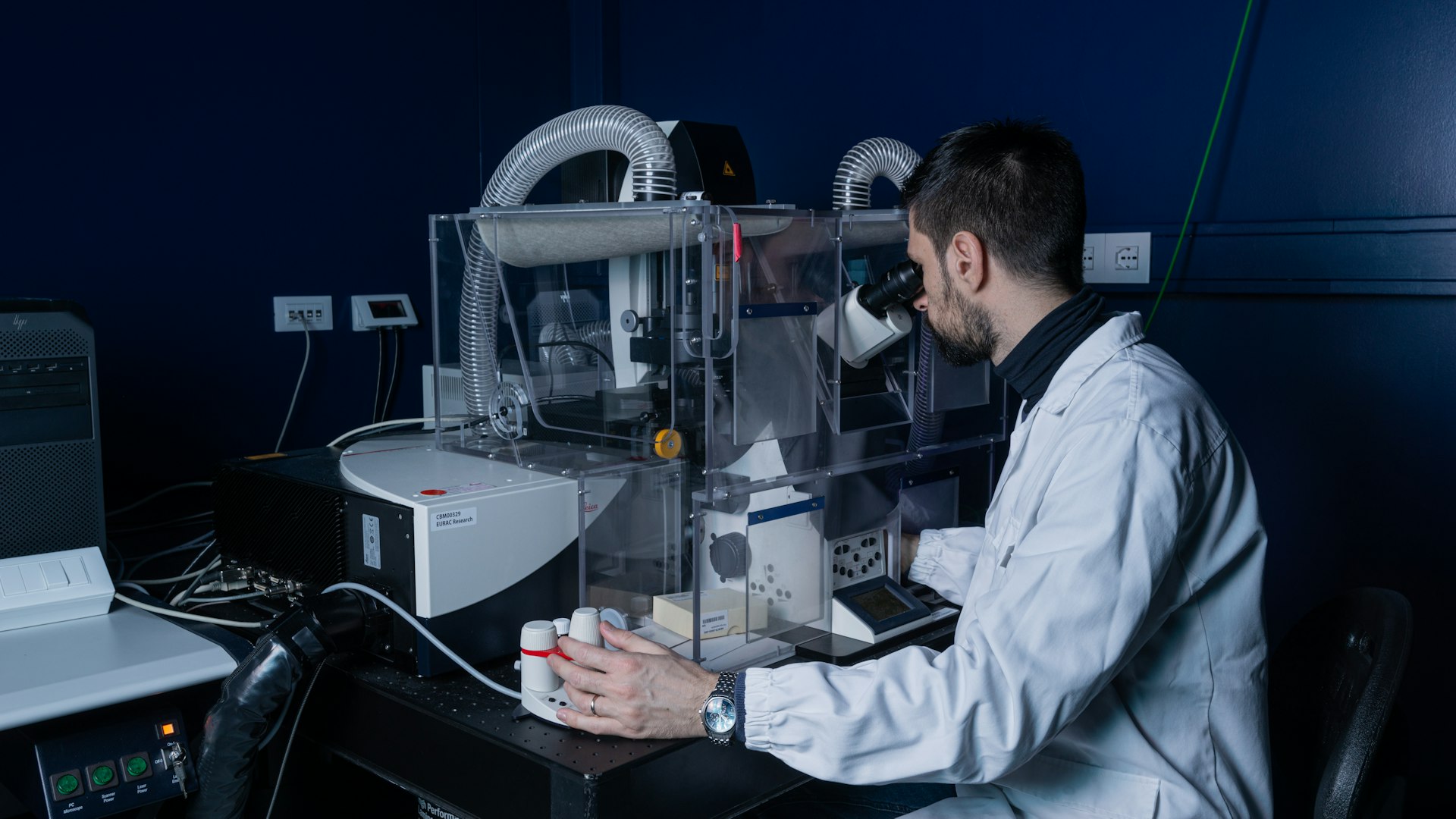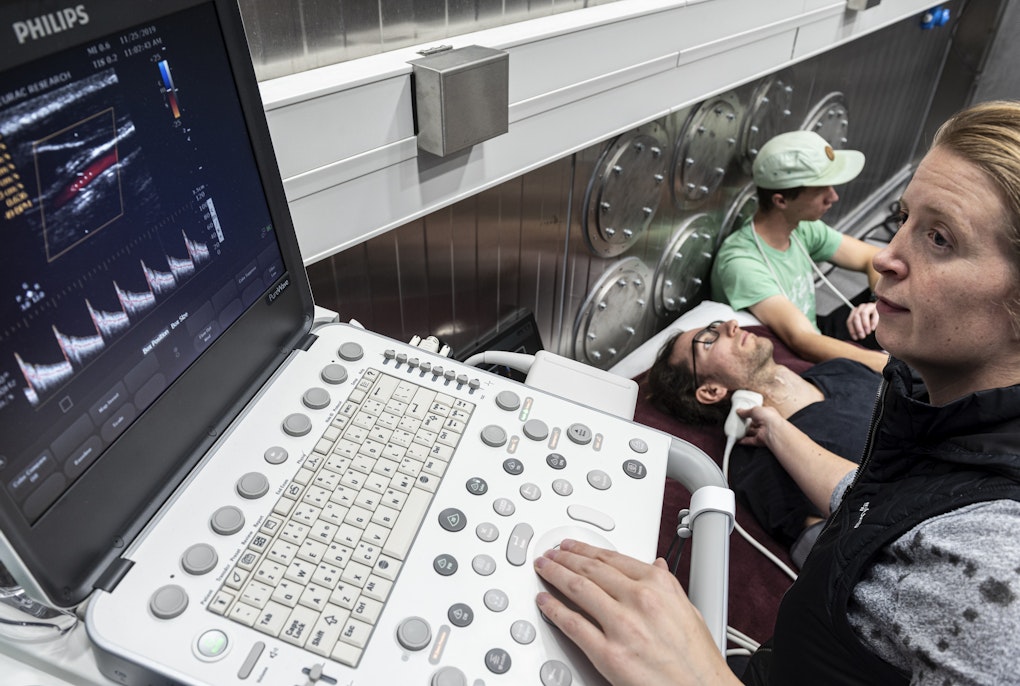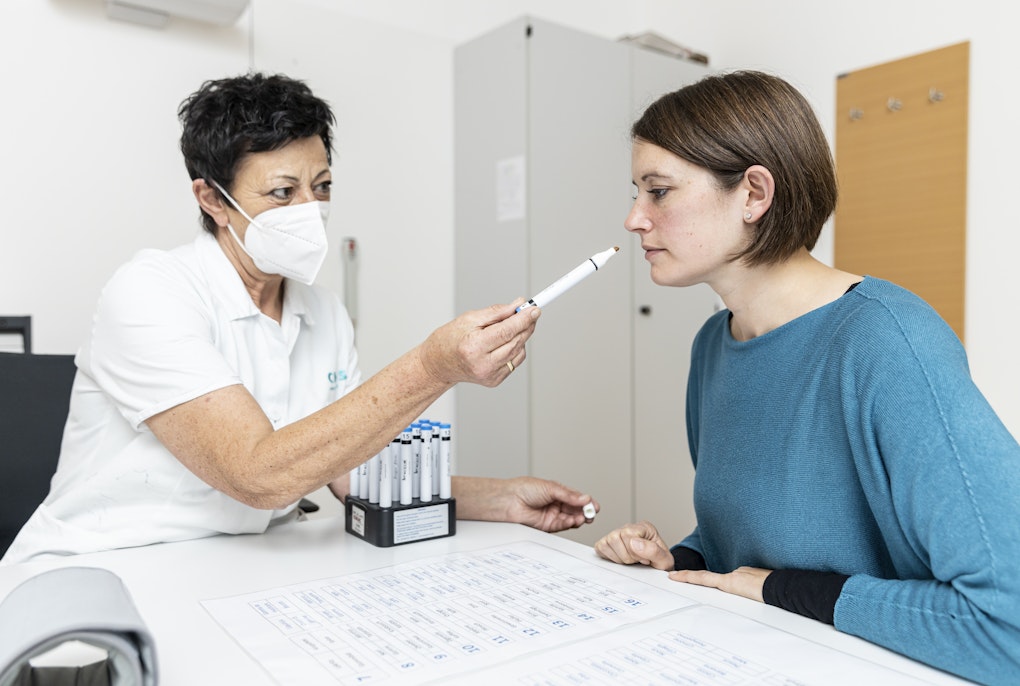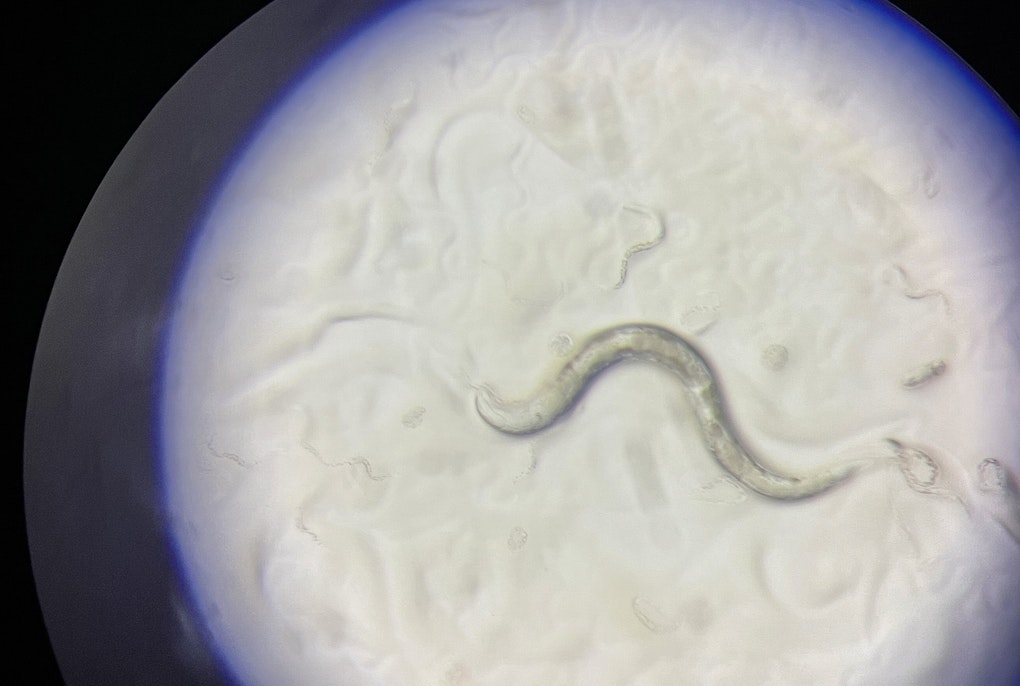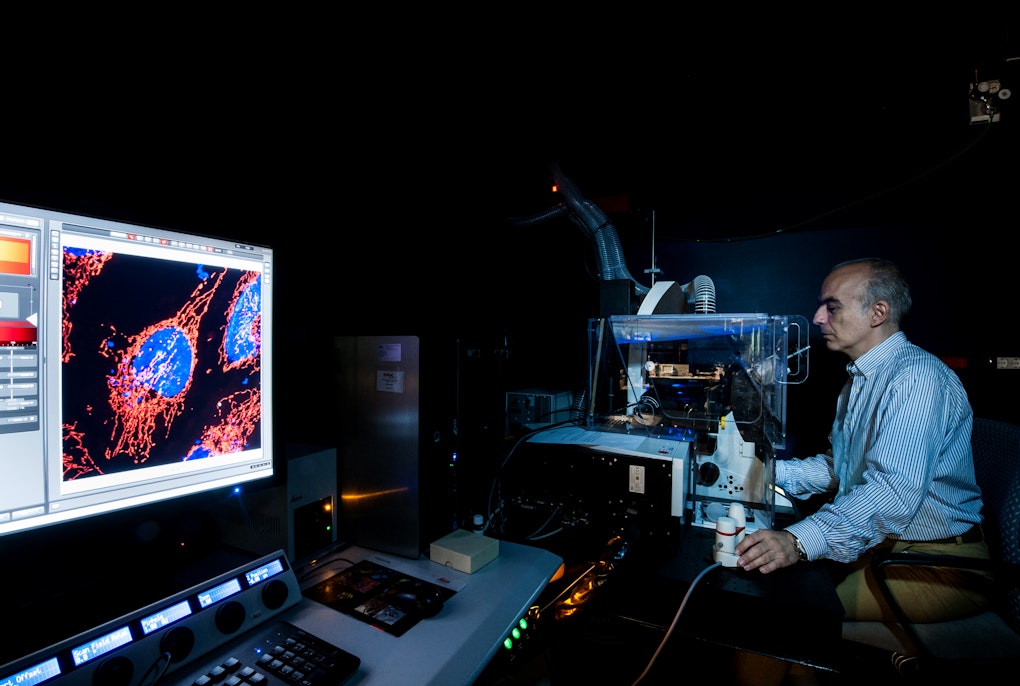magazine_ Article
Risk factors for Parkinson’s disease: progress in research
A study proves the protective function of the RIT2 gene
One of the risk factors for Parkinson’s disease is related to the so-called RIT2 gene. If the expression of this gene is reduced the likelihood of developing Parkinson’s disease increases. This has been demonstrated by a research team from Eurac Research in collaboration with the Canadian University of Laval after years of experiments. This finding marks an important contribution to studies on the prevention and early detection of Parkinson’s disease.
Parkinson’s disease is the second most common neurodegenerative disease in the world, affecting two to three percent of people over the age of 60. In the Western world, the number is likely to increase due to the aging population, with major social burdens and costs for healthcare systems.
“Unfortunately, at this stage, no treatment is available, we can only alleviate the symptoms. Therefore, anything that helps prevent and detect the disease at an early stage is crucial,” explains Mattia Volta, neuroscientist at Eurac Research. “We have now identified a new so-called molecular target – a protein involved in the typical processes of the disease – which we can interfere with to reduce the risk of disease.”
As counterevidence, we removed the gene and saw that the cell actually lost control over processes that keep proteins, including alpha-synuclein, in check.
Mattia Volta
It has long been known that in the brains of those who become ill, accumulations of the protein alpha-synuclein develop, which intoxicate and eventually kill neuronal cells. The causes of these accumulations are diverse and not all are yet known. In some cases, there are heritable and known genetic mutations, but risk factors that affect a larger portion of the population are still insufficiently studied. With their research, Volta and his colleagues were able to demonstrate that the accumulation of alpha-synuclein is also related to the expression of the RIT2 gene. “First, we saw in tests how the accumulation of alpha-synuclein became less when we increased the expression of the RIT2 gene,” Volta explains. “Then, as counterevidence, we removed the gene and saw that the cell actually lost control over processes that keep proteins, including alpha-synuclein, in check. In Bolzano, we did experiments on cell models, and in Canada, our colleagues worked with mice. There we saw that increasing the expression of RIT2 protected neurons from the accumulation of pathological alpha-synuclein and cell death. This also confirmed our results in a complete and complex organism.”
So far, these are interventions at the genetic level, but the research teams are confident that in the future a simpler system can be developed to operate on the RIT2 gene. If regulatory intervention could be made in all those found to have decreased expression of the RIT2 gene, it would reduce the risk of Parkinson’s disease for many people.
The paper
The study was recently published in Nature Group’s journal NPJ Parkinson’s disease and involved close collaboration between Eurac Research’s Institute of Biomedicine and Laval University in Quebec City. The first author of the scientific paper is Julia Obergasteiger, formerly a doctoral student in Bolzano and now working at the Canadian university with a research grant won on a competitive basis. Full paper: www.nature.com/articles/s41531-023-00484-2
